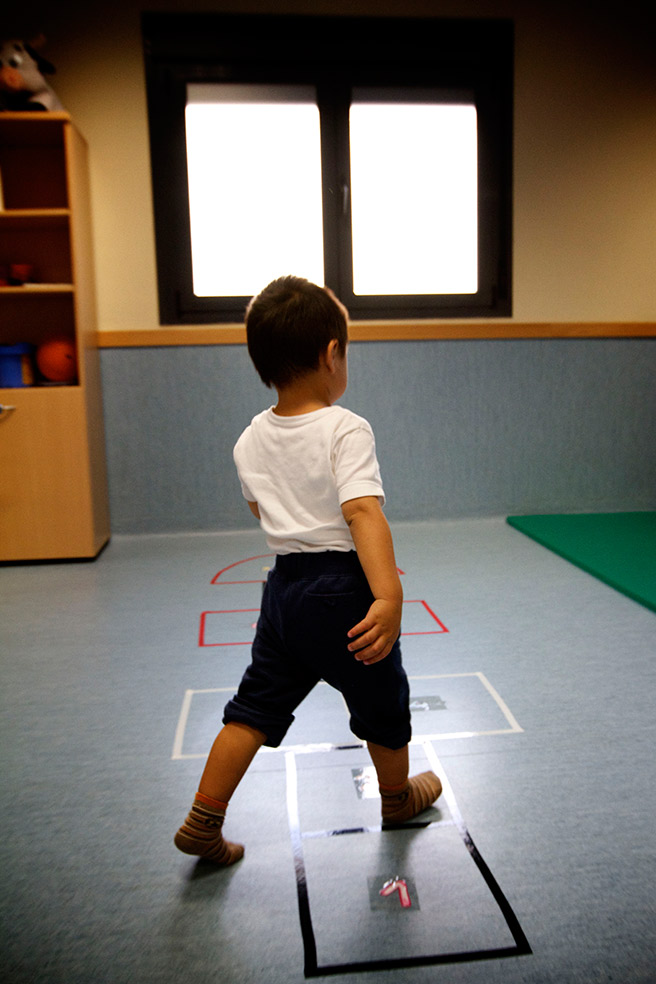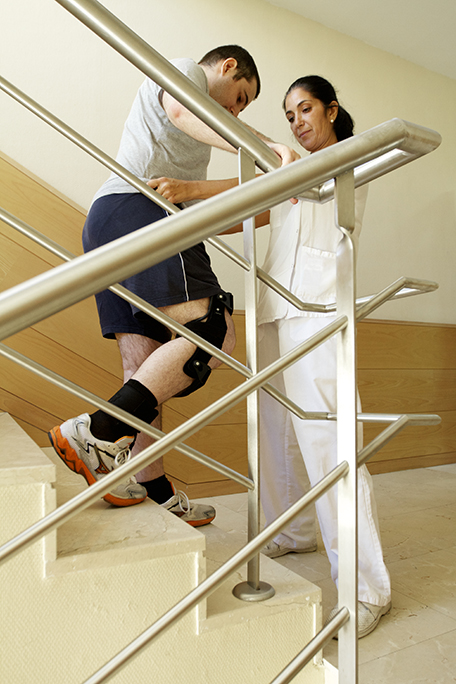There are many ways to classify the usual consequences of brain injury. One such classification appears in the “Brain Injury Care Model“, a technical handbook published by the Spanish Institute of the Elderly and Social Services (Imserso) and edited by Dr. José Ignacio Quemada. We summarise it below. Although here are more consequences than those in this summary, most of them are contained here.
The main areas affected by brain injury are:
• -Consciousness: This is a common consequence of TBI or severe stroke. TBI victims may lose consciousness for minutes (confusion or daze) or for as long as several weeks (coma). Some patients cannot be awakened and they may go into a vegetative state in which they do not interact, they are unconscious and unaware of the surroundings, and you can only tell whether they are sleeping or awake. Patients who do not emerge from a vegetative state in six months are likely to go into persistent vegetative state.
• -Motor control: Damage in the frontal and parietal lobes in one hemisphere can cause weakness in the opposite side of the body. Normally, this type of damage results in hemiplegia (paralysis of one side of the body) or hemiparesis (weakness on one side of the body). Subjects with severe damage cannot control head movements, remain seated without support, stand up, or walk without help.
Some patients with impaired motor control are unable to eat solid food or drink liquids because they have difficulties in controlling swallowing movements. This swallowing disorder is called dysphagia. Patients may also show more or less severe bowel and bladder control problems, from urinary urgency to loss of bowel and bladder control during the day or at night.
• -Information reception: TBI symptoms may comprise alterations in the functioning of sensory or sensitive channels and systems, such as sight, hearing, smell, taste, touch, balance, and proprioception, which receive or transfer information. Vision problems may be associated with injuries to the parieto-occipital area of the cerebral cortex, the areas involved in visual information processing, or the nerves cells that control eye movement. Injuries in the parieto-occipital area can lead to loss of visual field (hemianopia or quadrantanopia).
Olfactory impairment is a symptom of ventral frontal cortex injury, posttraumatic hyposmia or anosmia being common consequences of this type of TBI. Loss of hearing occurs when the temporal lobe is injured, especially when the bones protecting the auditory structures get fractured. The inner ear controls not only hearing but our sense of balance too. This is why symptoms like hearing loss and imbalance may both follow ear bone damage. Touch is the sense by which you feel you are being touched, respond to painful stimuli, or experience heat and cold. At a higher level, it processes more complex information whereby you can identify the shape, texture, and weight of an object. Less known but equally important is proprioception, which receives information and provides feedback on the status of the body internally. This sensory modality indicates, for example, that you are moving without the need to use the sense of sight.
• -Communication: Oral and written language problems are common consequences of TBI in patients with lesions in the dominant hemisphere (usually the left hemisphere). The brain-injured person may find it difficult to understand what is said to them (receptive aphasia) or be unable to read (alexia) or speak fluently (motor aphasia).
Usually, patients have more than one language deficit at the same time, but one of them, either the expressive or the receptive, prevails.
Speech disorders, like dysarthria, are common following TBI. They are usually associated with swallowing disorders or dysphagia, as the same structures are involved in both functions. Speech difficulties can also be the result of the impairment of voice production, or dysphonia.
• -Cognition: It refers to the mental processes involved in general perception, learning, thinking, decision making, attention, concentration, orientation, memory, visual-spatial skills, and executive functions. Cognitive skills are involved in simple tasks such as getting or conveying a message, as well as in more complex activities, like planning a trip. There are temporary and reversible cognitive problems, like confusion or post-traumatic amnesia following a coma. However, other cognitive impairments can be persistent and may have an effect on the patient’s independence. Often TBI victims are not aware of their deficits or underestimate them, and this can strain family relationships as the immediate family try to protect the patient in tasks that might be too dangerous in their new condition.
• -Emotions and personality: Doctors and therapists who provide specialist service to brain-injured people often see that their patients experience a range of psychological and social problems. Personality changes, emotional disorders and uncomfortable social interactions are all too common. Some areas of the brain, like the frontal lobe, are known to be associated to appropriate social behaviour.
• -Activities of daily living: These activities are not controlled by any specific part of the brain, but they are part of our everyday routine. They fall within two types: basic (eating, get dressed, bowel and bladder management, moving) and instrumental (community activities like using public transport, making bank transactions, doing the shopping, running errands, or working, among others).



